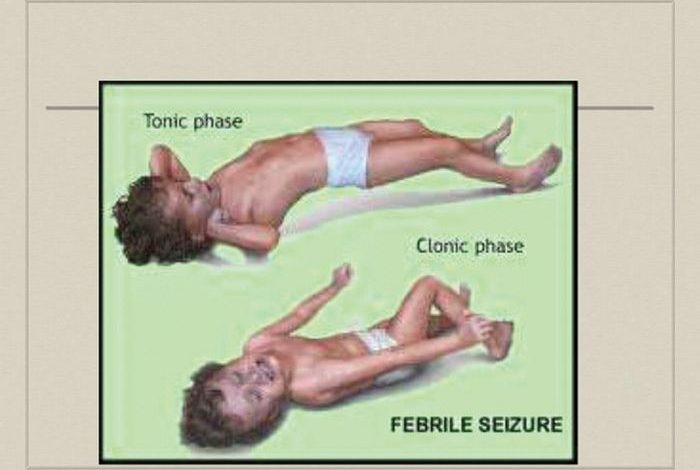

Child Health
Dr Shan Narayanan
WHAT IS A FEBRILE SEIZURE?


During the seizure the child loses consciousness and the body becomes stiff. Their arms and legs jerk. Some children wet and/or soil themselves. The type of fit they have is called generalised tonic clonic fit.
WHY DO FEBRILE SEIZURES OCCUR?
The exact cause of febrile seizure is not known. However a sudden rapid rise in body temperature tends to scramble the electrical discharges in the brain and gives rise to a seizure.
A family history of febrile seizure increases the risk of the child having one.
The three most common infections associated with febrile seizures are viral fever, acute otitis media and tonsillitis.
WHAT ARE THE TYPES OF FEBRILE SEIZURES?
There are two types of febrile seizures; simple and complex febrile seizures.
Simple febrile seizure is the most common type. Eight out of 10 children have this type.
- is a tonic clonic seizure
- lasts less than 15 minutes
- doesn’t reoccur within 24 hours or the period in which your child has an illness.
Complex febrile seizure is less common
- the seizure lasts longer than 15 minutes
- the seizure may involve one part of the body, i.e., a partial or focal seizure.
- there is another seizure within 24 hours of the first seizure, or during the same period of illness.
WHAT TO DO DURING THE SEIZURE?
First thing to do is place the child in a recovery position, that is, placing the child on his or her left side. This prevents the tongue from falling back and obstructing the breathing. It also ensures, if the child vomits, that the vomitus will not be inhaled. In addition:
- Stay close to watch and comfort the child.
- Remove hard or sharp objects near the child.
- Loosen tight or restrictive clothing.
- Don’t restrain the child or interfere with the child’s movements.
- Don’t put anything in the child’s mouth.
Most febrile fits last for a very short time, that is, less than two minutes. When the fit stops take the child to the nearest medical facility for a check-up.
If the fit is prolonged, you need to call for an ambulance for treatment and to transport the child to the nearest medical facility.
HOW TO TREAT FEBRILE SEIZURES?
Some children will need administration of rectal diazepam and maybe other medications to stop the seizures.
The fever and the underlying cause of the fever has to be treated as well.
Long-term seizure control medications are not regularly used.
HOW TO PREVENT FEBRILE SEIZURES?
Treating the fever and the underlying cause of the fever early helps in preventing seizures. However, as we have seen through experience, if the seizure is meant to occur, it will, despite aggressive treatment of the fever and its underlying cause.


